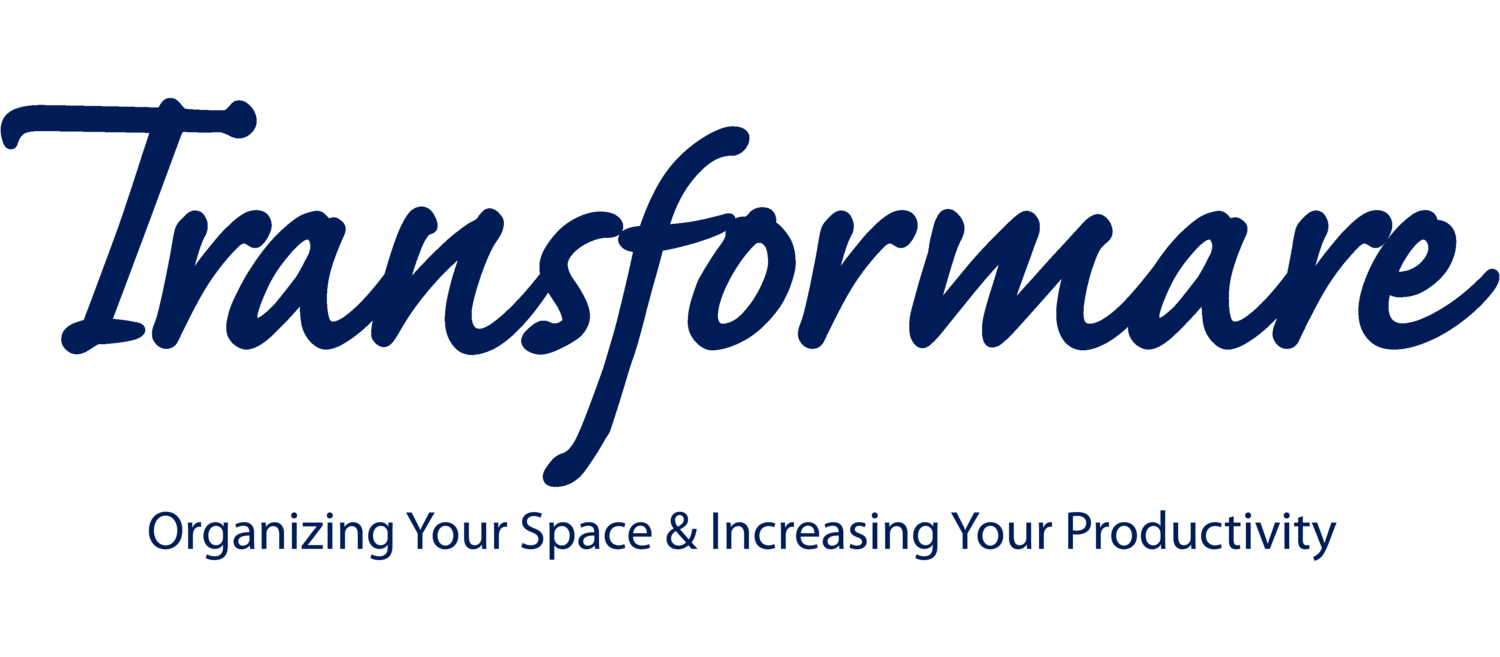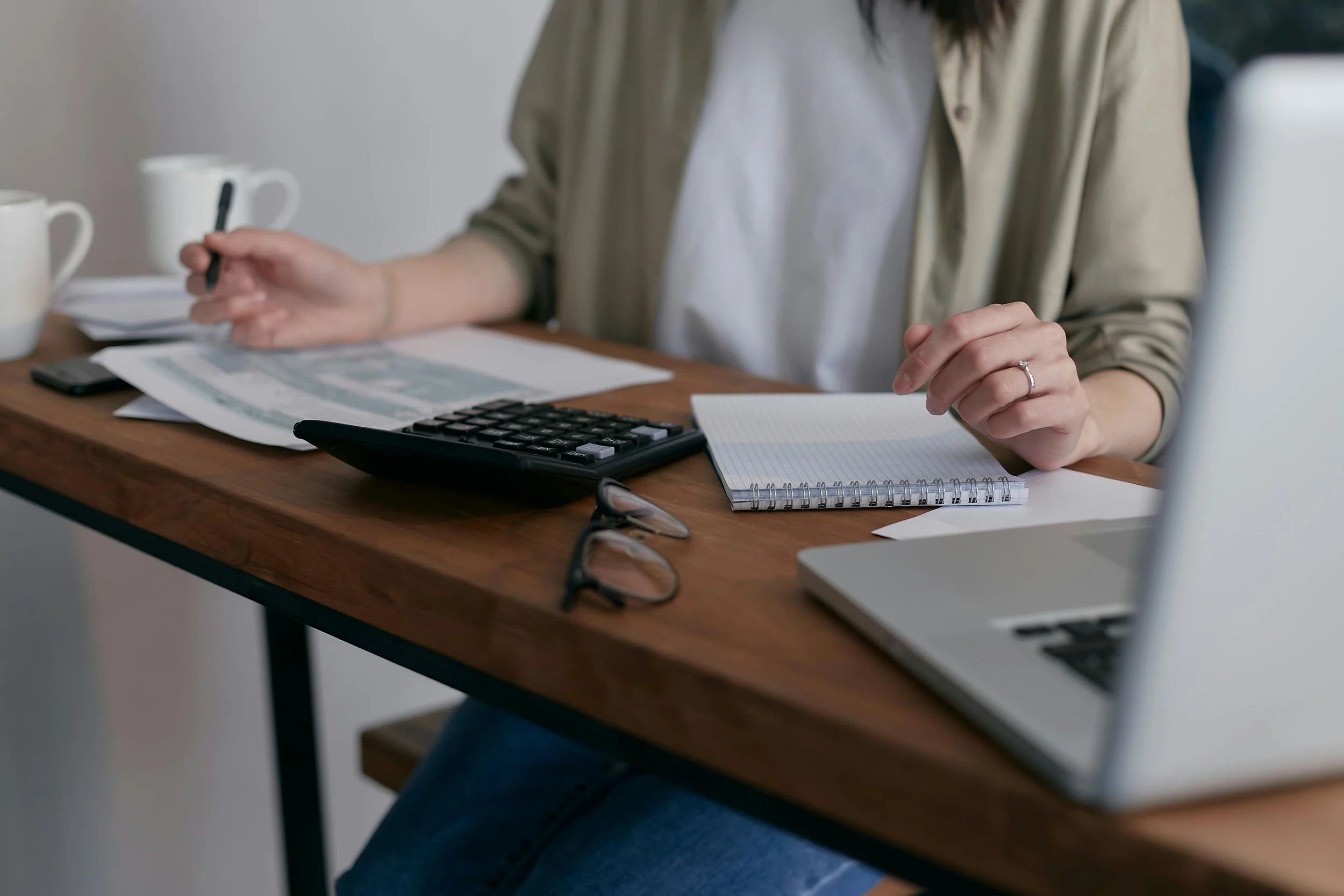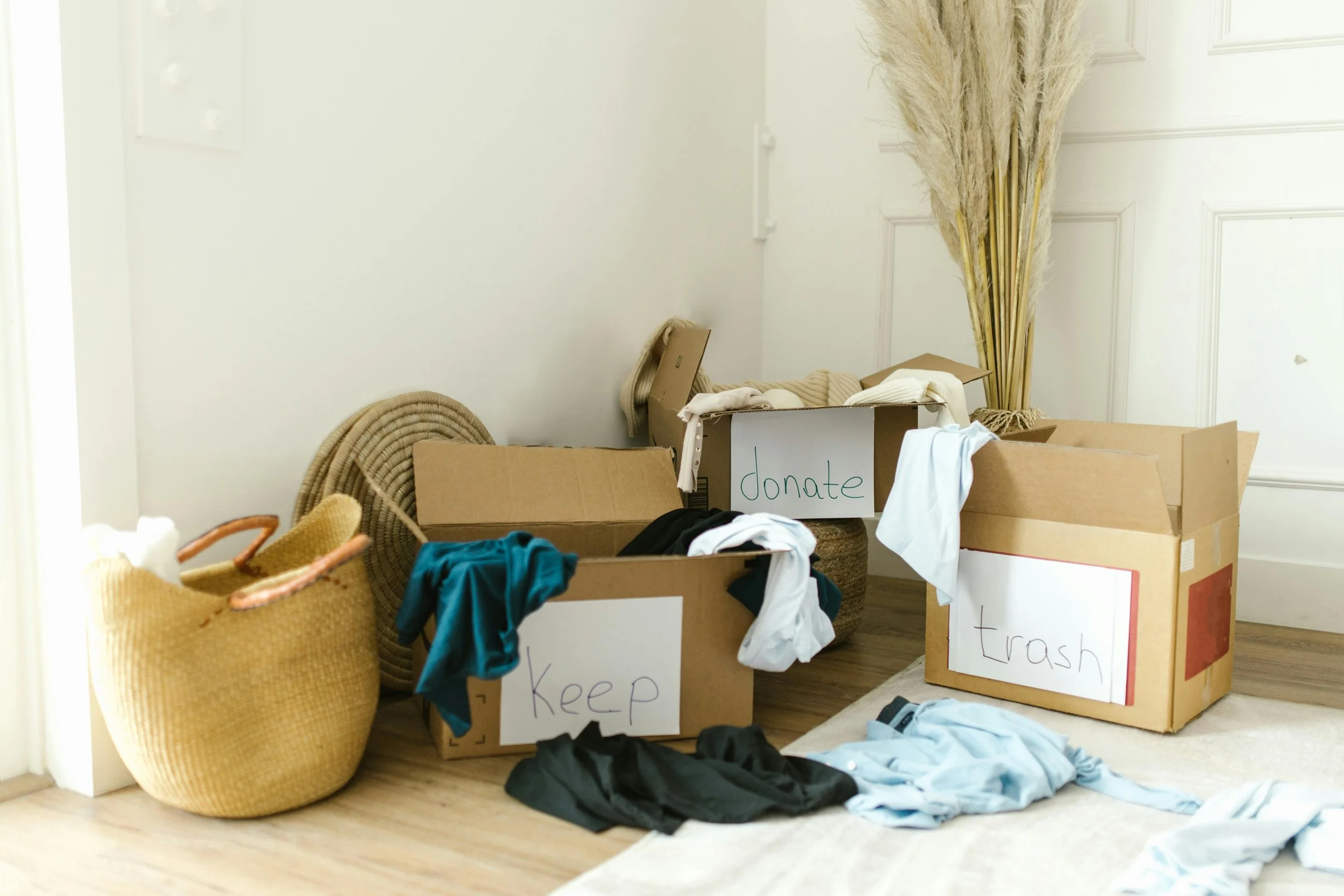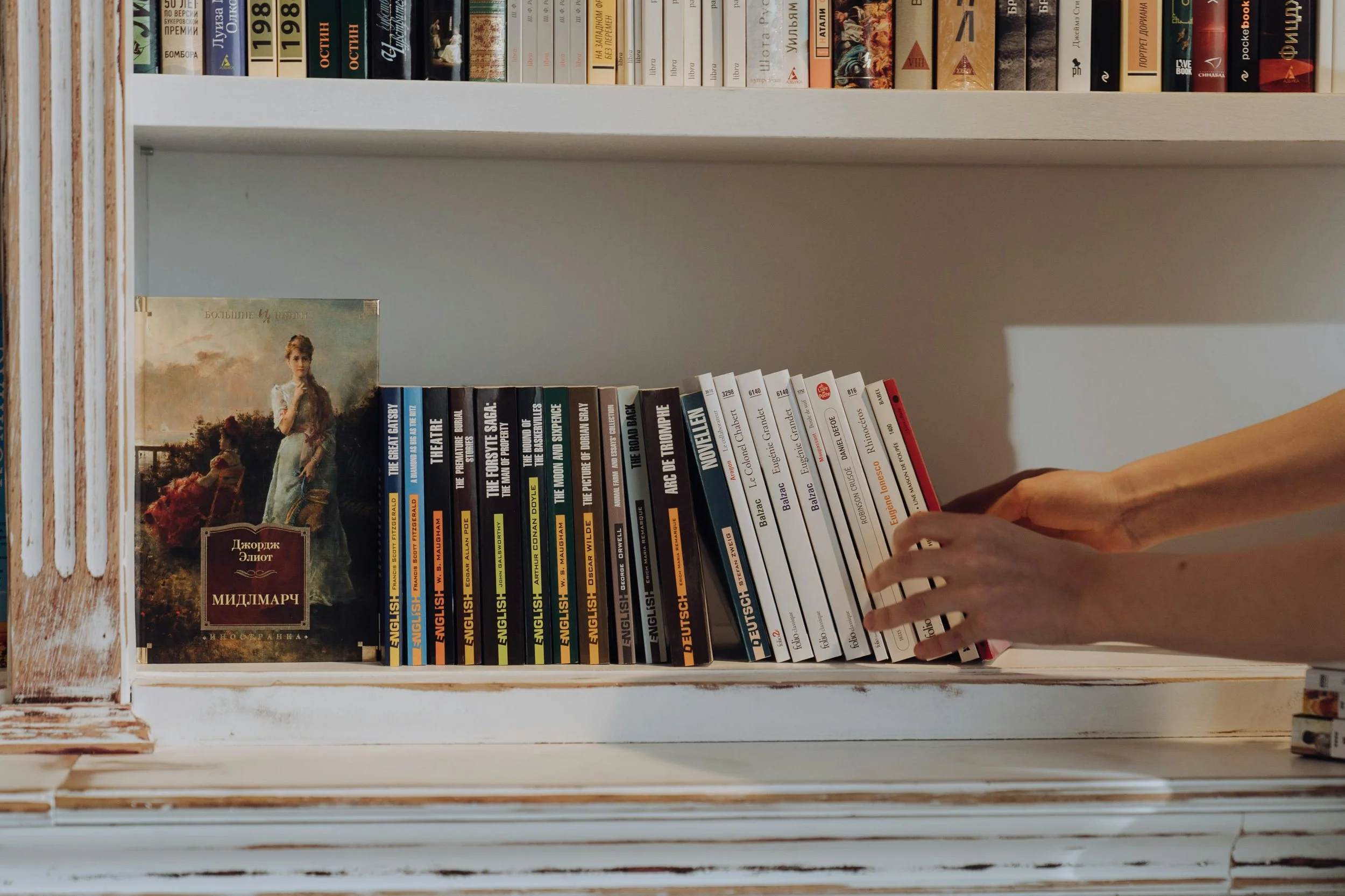You Can Learn to be Organized
A lot of my clients say they don’t feel naturally organized but organizing isn’t something you have to be born with. It’s a skill you can build upon, little by little, in a way that works for you. You may be more naturally creative, musical, or analytical, and that’s a strength. With a few simple tools and a shift in mindset, you can absolutely bring more order into your space in a way that works for your life. You can learn to be organized! The goal is not to have a perfect home, but a livable and less stressful one.
Progress Over Perfection
One of the most important skills in organizing is letting go of the idea that your home needs to look like a Pinterest photo. Your space is meant to support your real life, not impress strangers. A desire for perfection can actually get in the way of making progress. You might get stuck trying to make one area flawless and then feel overwhelmed by everything else you still want to tackle. Instead, I encourage you to focus on what feels functional and comfortable for you and your family. A space that works for your everyday life is much more valuable than one that looks picture-perfect but isn't practical.
Start Small to Build Momentum
It’s easy to look around your home and feel like everything needs attention all at once. That feeling can make it hard to get started. A helpful approach is to break your organizing projects into smaller, manageable parts. Focus on just one drawer, one shelf, or one corner of a room. I often suggest imagining that you're looking through a paper towel tube. By narrowing your focus, you give yourself permission to begin without the pressure of tackling everything at once. When you complete that one section, take a moment to appreciate your progress before moving on.
Know the Difference Between Want and Need
As you begin to organize, one of the most useful questions you can ask yourself is, “Do I really need this, or did I just want it at the time?” It’s easy to bring items into our homes without thinking about where they will go or whether you already have something similar. Taking a moment to pause and be honest about what is truly essential can make a big impact. Ask yourself if the item supports your daily life or serves a meaningful purpose. If not, it might be time to let it go. This mindset shift can help you make decisions with more clarity and less guilt.
Use the SPACE Method to Organize Effectively
One helpful way to get started is by using the acronym SPACE. It breaks down organizing into five clear steps that anyone can follow:
S is for Sort: Gather like items together so you can see exactly what you have. This step gives you a clear picture and prevents duplicates.
P is for Purge: Let go of things you no longer want, need, or use. Donating to charity is a great way to give items a new life and keep your space clutter-free. If you need recommendations for local organizations, don’t hesitate to reach out.
A is for Assign: Give each item a specific home, ideally close to where it will be used. This helps keep things tidy and easy to find. For example, holiday decorations might be best stored in a closet or basement, rather than in everyday living spaces.
C is for Contain: Use containers that fit your items well. Many people have plenty of bins but not the right ones for their stuff. That is why it’s smart to wait until after sorting and purging before buying new containers.
E is for Evaluate: Periodically check your spaces to see if they still work for your current needs. Life changes and your organization system should too.
Getting organized doesn’t have to be overwhelming. The SPACE method offers a simple, practical framework to guide you, one step at a time. And if you’re not sure where to begin or how to keep momentum going, we’re here to help, contact us and together, we can create a system that fits your life, and makes your home feel more functional. It feels great to bring a little more calm to your everyday life!



